A portable power station is a compact, self-contained device that generates and stores electricity for use in times of need. It operates similarly to a traditional power plant but on a smaller scale, making it mobile and convenient for outdoor activities or emergency situations.
The core components of a portable power station include a battery, an inverter, and a charger.
In this article, we will discuss how a portable power station works and the key features that make it an essential device for modern life. We will delve into the technology behind it and explore different types of portable power stations available in the market.
Additionally, we will also highlight various applications of these devices and their benefits. By the end of this article, you will have a better understanding of how a portable power station operates and its versatility in providing reliable power on-the-go.
What Is a Portable Power Station?
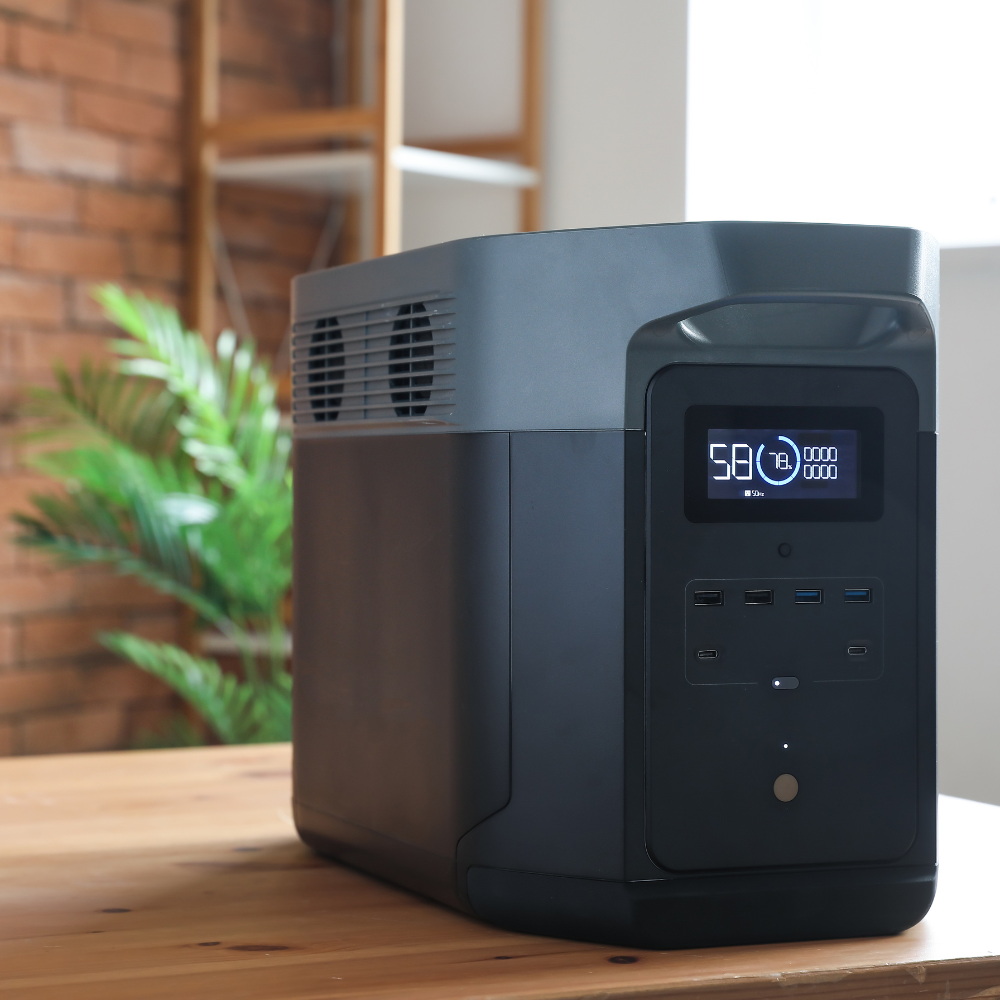
A portable power station is a versatile and compact device that utilizes advanced technology to store energy from various sources and convert it into usable electricity. It typically consists of a rechargeable battery, an inverter, and a charger. These components work together to provide clean and efficient power for various applications.
The battery acts as the primary source of energy storage, while the inverter converts DC (direct current) power from the battery into AC (alternating current) power, suitable for most electronic devices. The charger replenishes the battery by converting AC power from external sources, such as solar panels or wall outlets, into DC power.
Also known as a portable power bank, generator or source, these devices come in different sizes and capacities to cater to various needs. The smallest models are compact enough to fit in a backpack, while larger ones can power household appliances and even RVs.
How Does A Portable Power Station Work?
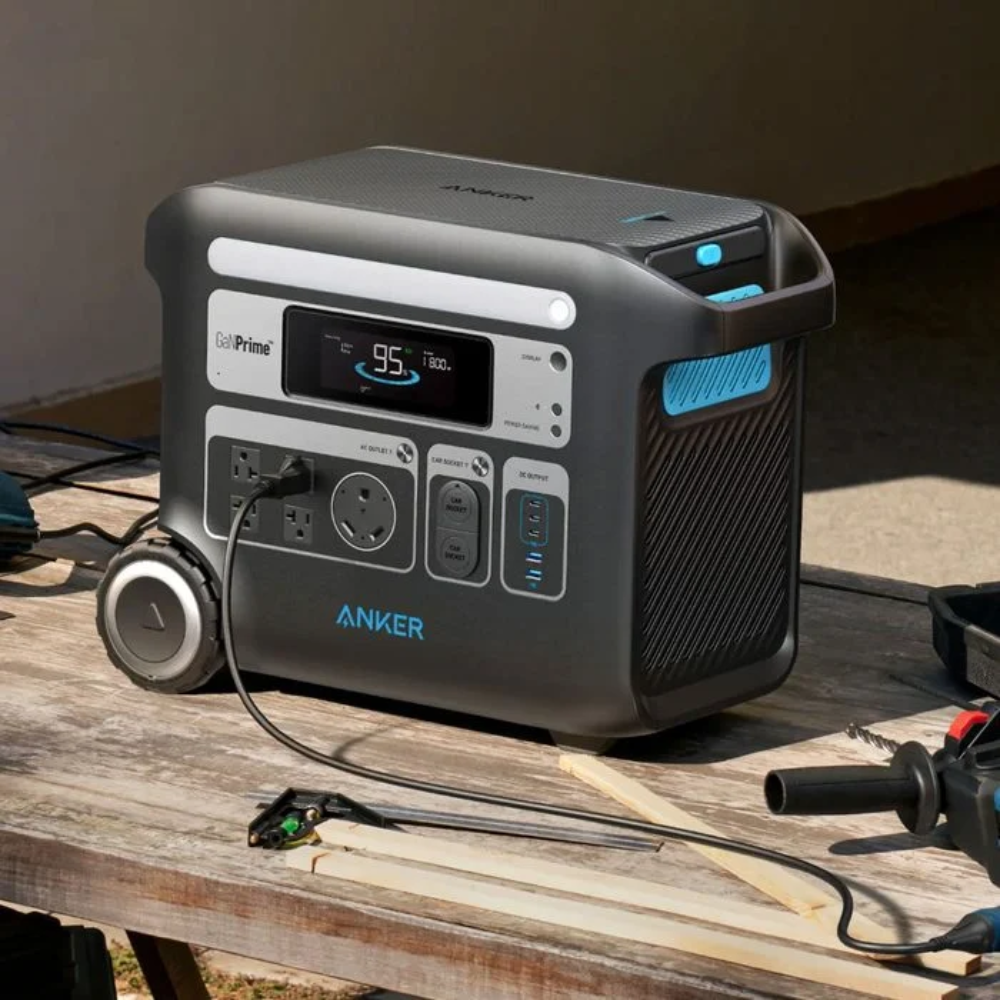
As mentioned earlier, the core components of a portable power station are a battery, an inverter, and a charger. Let's take a closer look at how these work together to generate electricity. Here's a step-by-step breakdown of the process:
Charging
Charging a portable power station is the first crucial step in its operation. This process involves connecting the device to an external power source, such as a wall outlet, car charger, or solar panel.
During charging, the power station's built-in charger converts AC power to DC power, which is then stored in the internal rechargeable battery. The charging time varies depending on the energy source and the battery's capacity but is typically designed for efficiency to ensure that the unit is ready for use when needed.
Many models also feature built-in smart technology to monitor charging progress and maintain the health of the battery during the process, ensuring optimal performance and longevity.
Energy storage
The rechargeable battery is the heart of a portable power station and is responsible for storing energy to be used later. These batteries are typically lithium-ion, lead-acid, or nickel-based and come in various capacities, ranging from 150Wh to 2000Wh or more.
The amount of energy that can be stored depends on the battery's capacity. For instance, a unit with a 500Wh battery can provide enough power to charge a smartphone multiple times or run a small appliance like a mini fridge for several hours.
Additionally, some models offer expandable battery options, allowing users to increase their capacity by connecting external batteries for longer runtimes.
Conversion
Once charged and ready, the portable power station converts stored energy from its battery into usable electricity. This conversion process is done by the inverter, which changes DC power to AC power with a stable frequency and voltage suitable for household devices.
The quality of this conversion is crucial as it affects the performance of connected devices. A high-quality inverter ensures that electronic devices receive clean and stable power, protecting them from damage or malfunction.
Inversion
The inversion process is the final step before electricity is outputted from the portable power station.
This process involves adjusting the voltage and frequency of the converted AC power to match that of household devices, typically 110-120V at 60Hz for North America and 220-240V at 50Hz for Europe.
A reliable inversion ensures that connected devices receive stable and safe power without any fluctuations or surges that can damage them.
Output
After all these processes, the portable power station is now ready to supply electricity through its various output ports. These devices come equipped with multiple outlets such as USB, AC, and DC ports to cater to different devices' power needs.
The number of output ports and their specifications vary depending on the model, with some offering more versatility than others. Some models also come with a wireless charging option for added convenience.
Additionally, many units feature built-in safety mechanisms such as overload protection, short-circuit protection, and overcharging protection to ensure the safety of both the user and connected devices.
So these are the key steps involved in how a portable power station works. Its advanced technology and convenient design make it an essential device for modern life, providing reliable and clean power on-the-go. Let's now explore some of its common applications and benefits.
Applications of Portable Power Stations
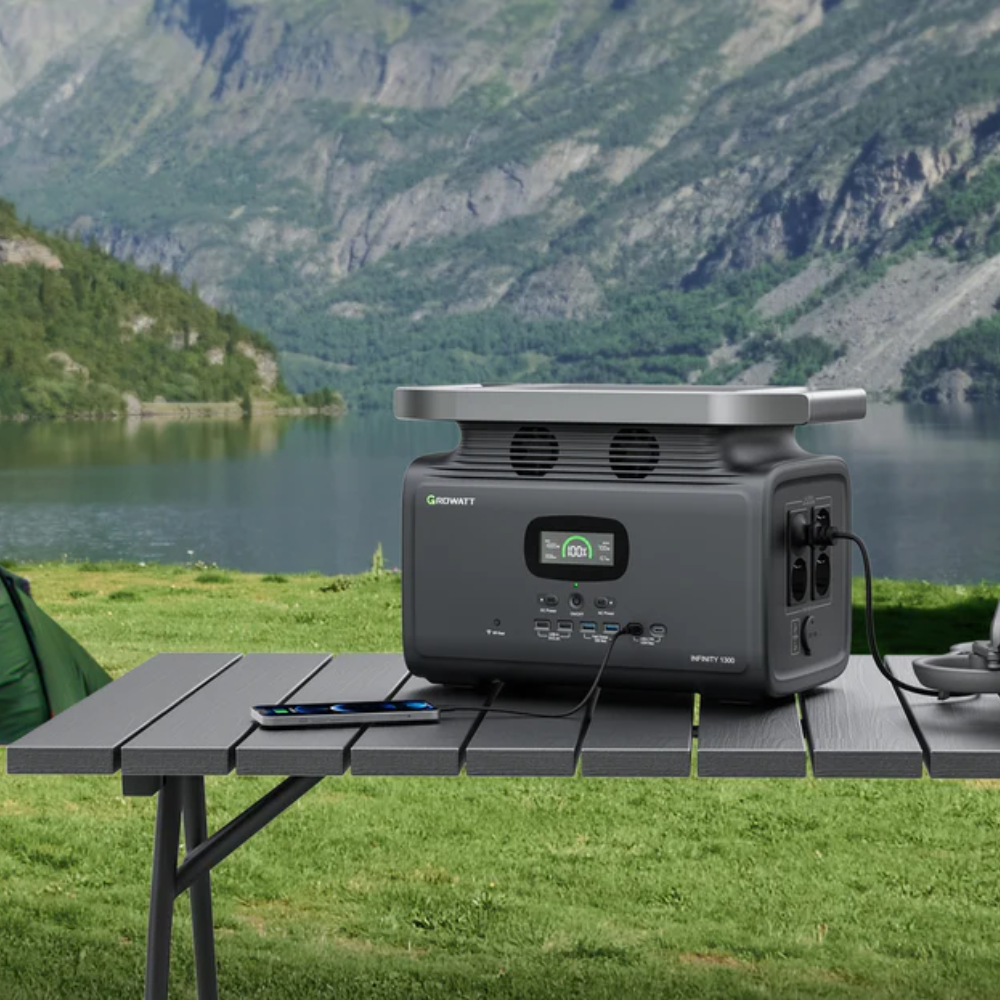
The versatility of portable power stations makes them useful in various situations where access to electricity may be limited or unreliable. Here are some common applications:
- Camping/Hiking: Portable power stations can provide a source of energy for lighting, cooking, charging electronic devices, and other camping essentials.
- Outdoor Events/Parties: These devices can keep music systems, projectors, or other outdoor entertainment devices running for extended periods.
- Emergency Preparedness: In case of power outages or natural disasters, a portable power station can provide essential backup power for critical appliances like refrigerators, medical equipment, and communication devices.
- Remote Work/Travel: For individuals who work remotely or travel often, a portable power station can be a convenient source of energy to keep laptops, phones, and other devices powered throughout the day.
- RV/Van Life: Portable power stations are an ideal solution for those living in RVs or vans, providing a reliable source of electricity for appliances and devices while on the road.
Can A Portable Power Station Replace A Gas Generator?
One common question that arises when discussing portable power stations is whether they can replace a gas generator. The answer to this question depends on individual needs and preferences.
While traditional gas generators provide more power, they come with several drawbacks such as noise, emissions, and maintenance requirements. Portable power stations, on the other hand, offer silent operation, zero emissions, and low maintenance needs.
Additionally, portable power stations are more compact and lightweight than traditional generators, making them easier to transport and store. They also offer multiple charging options (including solar) and do not require fuel to operate.
However, if you need a significant amount of power (over 2000Wh), a gas generator may be a more suitable option. It is also worth noting that portable power stations have a limited runtime and may not sustain high-powered devices for extended periods.
How To Choose The Right Portable Power Station?
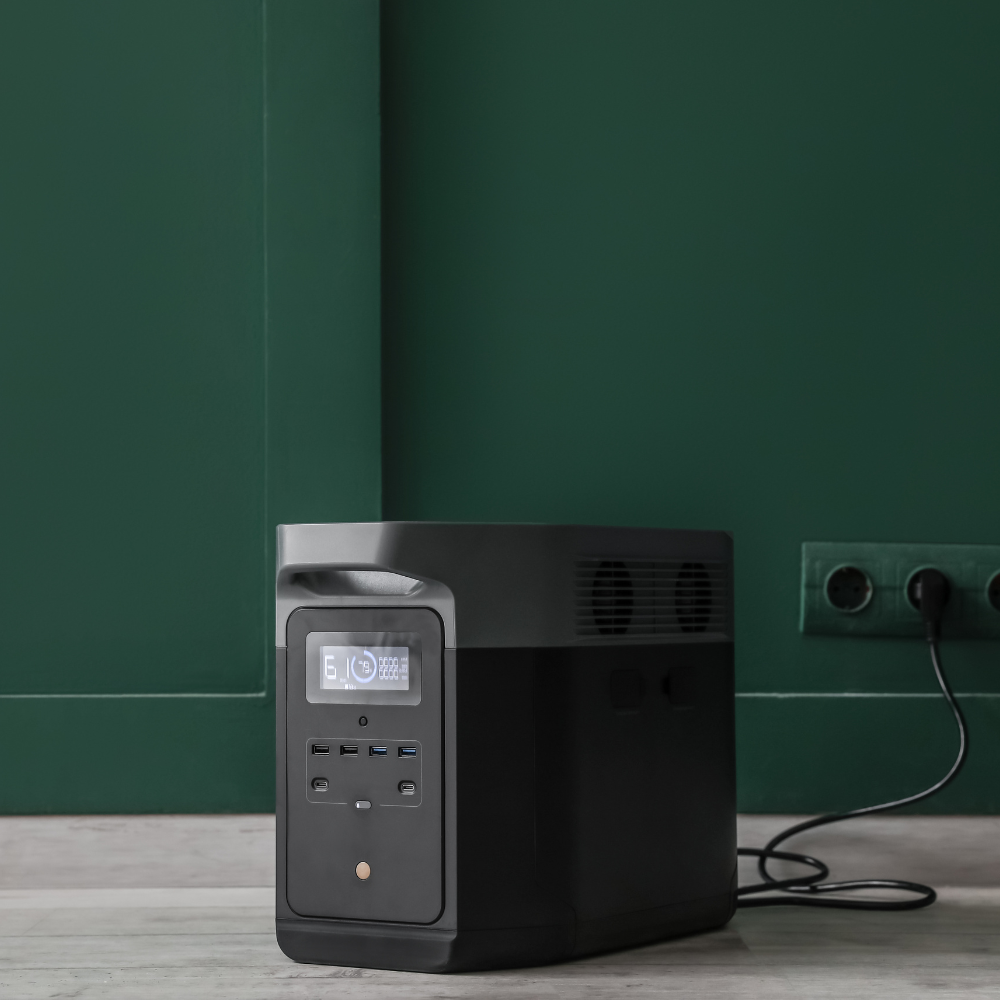
Choosing the right portable power station depends on factors like your power needs, budget, and intended use. Here are some key things to consider:
- Power Capacity: Determine how much power you need based on the devices you want to charge or run. Consider both the total capacity of the battery and its output specifications.
- Portability: If you plan on using the power station while traveling or for outdoor activities, consider its weight and size.
- Charging Options: Look for models that offer various charging options (AC, DC, solar) for versatility and convenience.
- Additional Features: Some units come with extra features such as LED displays, built-in flashlights, or wireless charging capabilities.
- Brand and Warranty: Research different brands and read reviews to ensure you are purchasing a reliable and high-quality product. Also, check the warranty coverage for protection against potential defects.
Portable power stations offer a convenient and eco-friendly solution for powering devices on-the-go. By understanding how they work and considering your specific needs, you can choose the right one to suit your lifestyle.
FAQs
How do most portable power stations work?
Most portable power stations work by storing energy in a built-in battery, which can then be used to power electronic devices during a power outage or when you're off-grid. These stations typically feature USB ports, AC outlets, and other connections to provide versatile power options.
Can many portable power stations be recharged with portable solar panels?
Yes, many portable power stations can be recharged using portable solar panels, making them an eco-friendly solution for off-grid power needs. This feature is especially useful for extended outdoor adventures or during prolonged power outages.
What types of electronic devices can be powered by larger capacity power stations?
Larger capacity power stations are capable of powering a wide range of electronic devices, from small gadgets like smartphones and laptops to more power-hungry devices such as mini-fridges and even some household appliances during a power outage.
Are portable power stations a reliable backup power source?
Yes, portable power stations are considered a reliable backup power source for short-term needs. They are ideal for powering electronic devices when access to the power grid is unavailable, offering a convenient solution for emergencies and outdoor activities.
How do USB ports on portable power stations work?
USB ports on portable power stations allow you to charge and power smaller electronic devices, such as smartphones, tablets, and cameras. Most portable power stations include multiple USB ports for charging several devices simultaneously.
Can portable power stations work continuously during a power outage?
Portable power stations can provide continuous power during a power outage, depending on their capacity and the energy demands of the connected devices. It's important to choose a station with sufficient capacity to meet your specific needs.
Conclusion
Portable power stations are a modern and versatile solution for powering devices in various settings.
With their advanced technology, convenient design, and eco-friendly features, they have become an essential device for many individuals today. From camping to emergency preparedness, these devices offer convenience and peace of mind by providing reliable and clean energy wherever you go.
So if you haven't already, consider investing in a portable power station to make your life more convenient and sustainable. Continued advancements in technology may bring even more exciting features and capabilities to these handy devices in the future.
Subscribe to our email newsletter and unlock access to members-only content and exclusive updates.
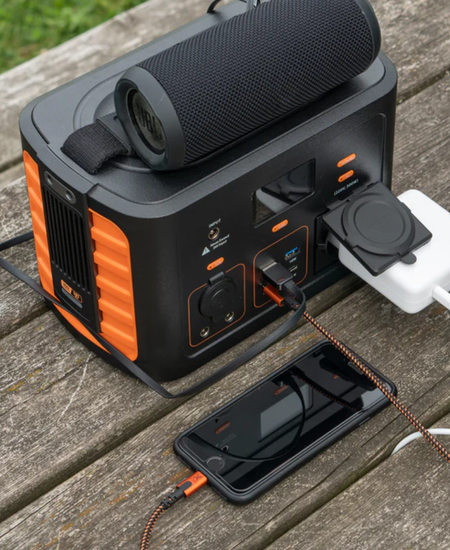
Comments